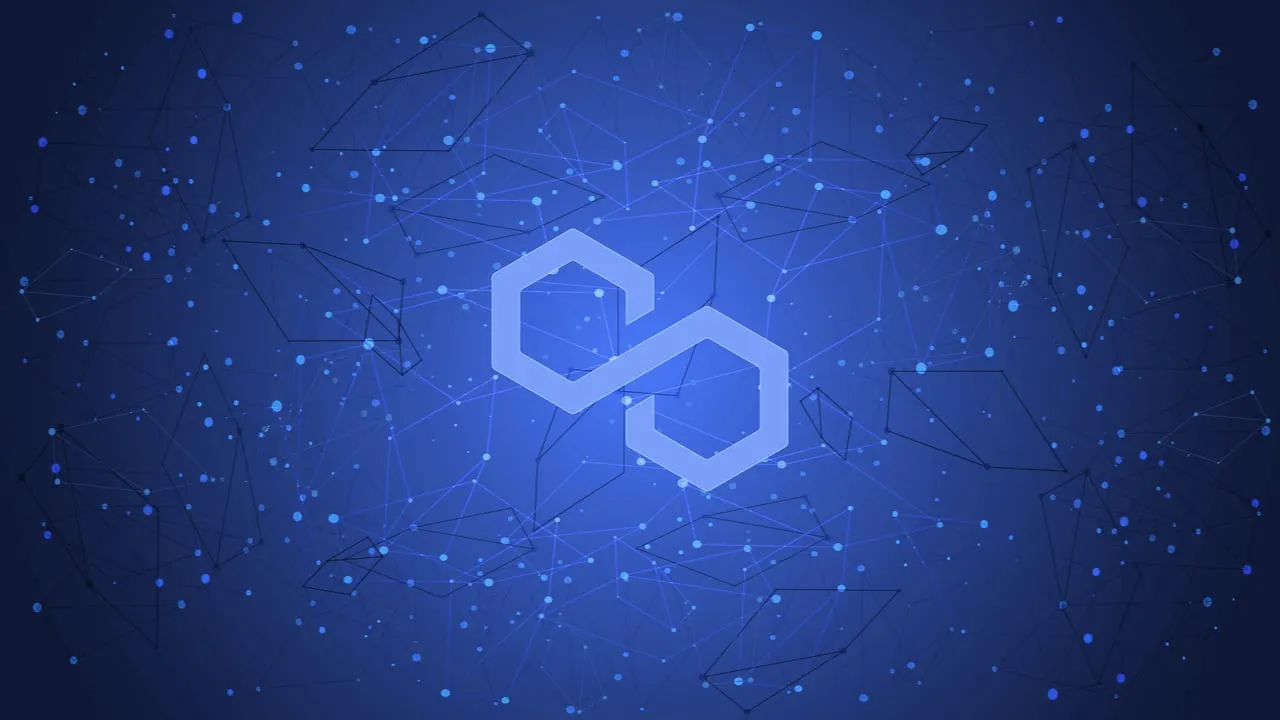In brief
- Polygon has added new Chainlink functionality that can play a role in crypto games.
- Chainlink’s Verifiable Random Function (VRF) is used for provable scarcity as well as in-game elements.
- Earlier this month, Matic Network rebranded as Polygon and pivoted towards a broader multichain approach.
Earlier this month, Matic Network—which began life as an Ethereum sidechain—announced a pivot toward a new multichain system approach as well as a new name: Polygon. Now, Polygon has revealed an expanded alliance with Chainlink to provide a tool that may have the most benefit for developers of blockchain-based games.
Today, Polygon announced that it has implemented Chainlink’s Verifiable Random Function (VRF) on its mainnet, enabling smart contract functions that can benefit from provably random number generation. It can benefit crypto games by allowing the creation of provably scarce in-game items, for example, or randomly generated game elements.
There’s been a rise in interest and in the value of non-fungible tokens (NFTs) in crypto games, with games like Axie Infinity and The Sandbox generating large sales of rare items. Sergey Nazarov, co-founder of Chainlink, told Decrypt that random number generation is increasingly key in blockchain-based games and other decentralized app (dapp) experiences.
“I think we’re reaching a point where the best developers in the blockchain gaming ecosystem now recognize that provable randomness is going to be much more important than it was in the legacy gaming industry,” said Nazarov. “For example, blockchain gaming offers true digital ownership of one’s in-game items, meaning game items can become provably scarce and more valuable than ever before in the form of non-fungible tokens.”
“However, unless an NFT is really generated at random, and its initial distribution is fair, then its provenance is in question and so too is its value,” he continued. “Users that participate in a lottery game, especially one powered by smart contracts, where results are irreversible, will want to know that the winner was chosen fairly—and that there is no behind-the-scenes manipulation by an adversary gaming the randomness to steal from the lottery.”
Chainlink advertises its VRF feature as tamper-proof, as it combines both the seed and on-chain cryptographic proof of the random number generation. Polygon had previously implemented Chainlink’s price feeds, so today’s news represents further collaboration between the crypto projects as both Chainlink off-chain resources are now available to developers.
“We believe that Chainlink VRF is already well on its way to becoming a standard element of any reputable blockchain game, and we anticipate many projects building on Polygon to begin using it now that it’s been made available to them,” Nazarov told Decrypt.
Matic Network’s rebranding and strategy shift are designed to expand its ambitions beyond solely providing a sidechain solution for Ethereum, which helps minimize fees and avoid congestion by performing transactions on Matic’s own blockchain. Polygon will also implement additional layer-2 Ethereum scaling solutions such as Optimistic Rollups, ZK-Rollups, and Validium, all of which are designed to take stress off of the Ethereum blockchain.
Polygon’s pivot to further aid Ethereum’s growth is seen as a response to the growing popularity of rival blockchains, namely Polkadot, which launched last year and saw its DOT token flip XRP to become the fourth largest by market cap in January. DOT currently sits at #5 as of this writing, according to CoinGecko, while Polygon’s MATIC token is #86.

